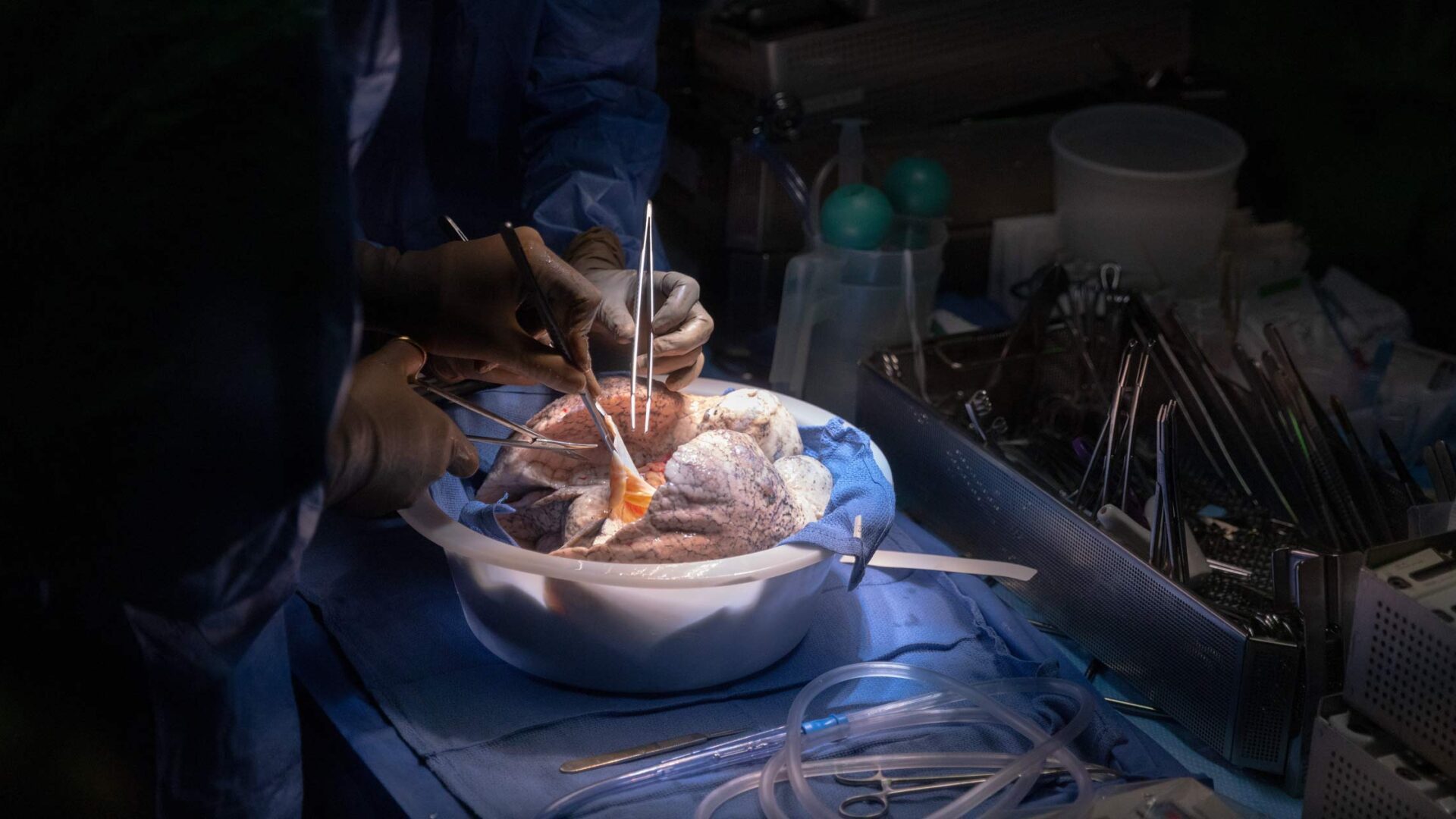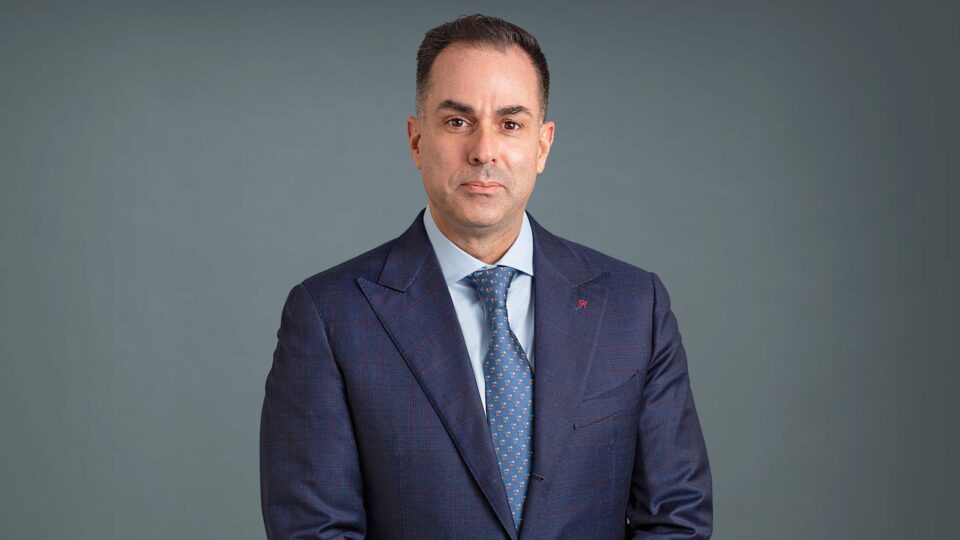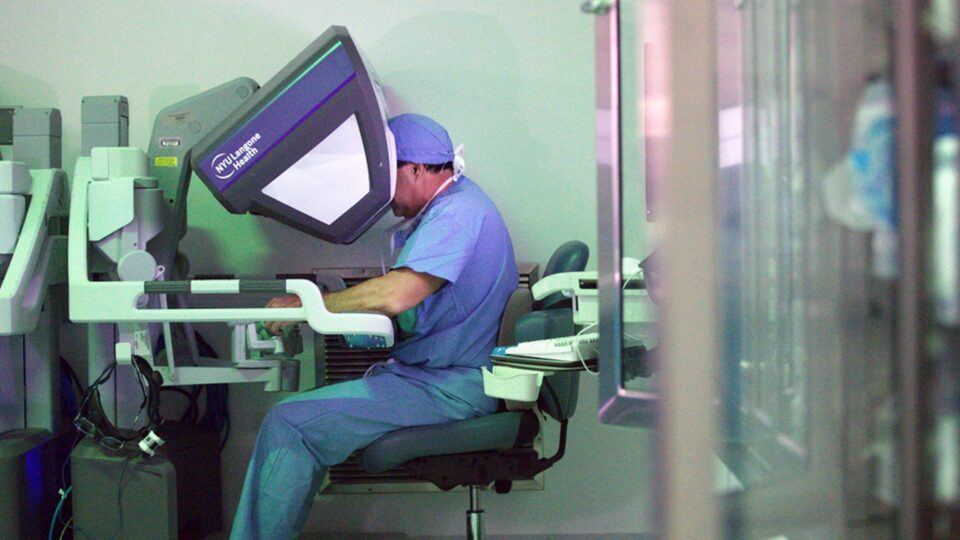In a pioneering procedure last October, an NYU Langone Health surgical team performed the world’s first fully robotic double lung transplant.
Led by cardiothoracic surgeon Stephanie H. Chang, MD, surgical director of the Lung Transplant Program, the team utilized the da Vinci Xi robotic system at every stage, successfully transplanting both lungs into a 57-year-old woman with chronic obstructive pulmonary disease (COPD).
“It couldn’t happen without a talented group of surgeons and an institution dedicated to moving transplantation forward.”
Stephanie H. Chang, MD
The historic achievement built upon a remarkable milestone just one month earlier, in September, when Dr. Chang’s team performed the nation’s first fully robotic single lung transplant. “It couldn’t happen without a talented group of surgeons and an institution dedicated to moving transplantation forward,” she says.
A National First
The robotic single-lung transplant in September was performed on a 55-year-old male with severe emphysema due to Alpha-1 antitrypsin deficiency. His age and favorable anatomy made him an ideal candidate for the minimally invasive procedure.
NYU Langone lung transplant specialists confirmed the diagnosis of severe emphysema and reviewed pulmonary function tests, which showed progressive decline over a decade—FEV1 values had dropped to between 33 and 40 percent by the time of preoperative assessment.
“From our perspective, he was the perfect candidate,” says Dr. Chang. “He was not frail, had good heart function, no pulmonary hypertension, and a large chest cavity.”
The operation was performed using a series of small skin incisions, followed by the placement of several 8 to 12 mm ports used to dock the robot. The diseased right lung was removed, the heart and airway prepared, and the new lung implanted. A 6 cm incision was used for removal of the old lung and insertion of the transplant. The left lung transplant was performed with a standard open incision.
“The procedure went extremely well,” Dr. Chang says. Post-surgery, the patient recovered in the ICU and was extubated the following day. He was discharged to Rusk Rehabilitation eight days after surgery, with no acute events, before returning home.
A World First
When the opportunity to perform a fully robotic double lung transplant presented itself just two months later, Dr. Chang and colleagues were uniquely prepared.
The 57-year-old patient had inherited a genetic predisposition to lung disease and was diagnosed with COPD in 2010 at age 43. Her condition worsened following a bout with COVID-19 in 2022. She had been placed on the lung transplant list just four days prior to undergoing the landmark surgery.
The approach to the robotic double lung transplant was similar to the single-lobe robotic procedure. Small incisions we made between the ribs, and the robotic system was used for both the lung removal and implantation procedures. The process was repeated for the second lung.
“We needed to improve the single technique where it was short enough and efficient enough for us to do two lungs in a short setting without any damage to the new organs.”
Key to the success of the robotic double lung transplant was the expertise of Eugene A. Grossi, MD, in robotic mitral valve surgery techniques to suture in the blood vessels. “We needed to improve the single technique where it was short enough and efficient enough for us to do two lungs in a short setting without any damage to the new organs,” explains Dr. Chang.
Honing the Technique
Dr. Chang notes that the most suitable candidates for robotic lung transplant are patients with large chest cavities and few comorbidities, as they are both technical matches for the robot and less likely to develop primary graft dysfunction post-transplant.
Currently, Dr. Chang and colleagues are refining the procedure for patients with obstructive lung disease, aiming to establish its long-term feasibility and safety. She highlights potential benefits of robotic surgery, including reduced pain, faster recovery times, and an improved hospital experience.
“We’re excited to continue to push the envelope in robotic approaches for lung transplant patients,” says Dr. Chang.
Dr. Chang was assisted in both procedures by cardiothoracic surgeons Dr. Grossi, the Stephen B. Colvin, MD, Professor of Cardiothoracic Surgery, and Travis C. Geraci, MD, and supported by Luis F. Angel, MD, medical director of lung transplantation.






